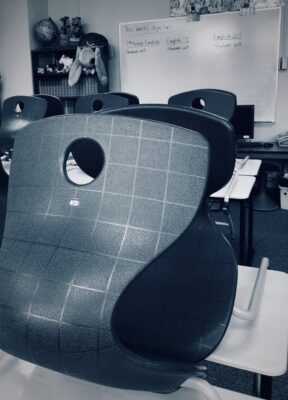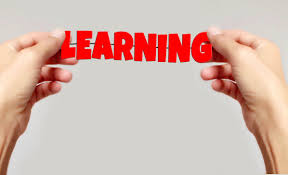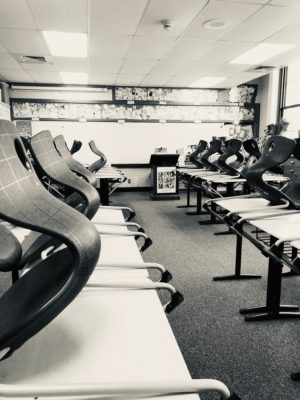Covid-19. Quarantine. Social Distancing.
It wasn’t supposed to be like this.
At the beginning of May, I went into my building for the first time since the initial announcement of the 6-week school closures. I walked through the eerily quiet hallways looking at all of the artwork and school announcement posters still hanging. Everyday items clinging to life, waiting for the halls to once again flood with children to justify their purpose.
I meandered up the stairs and finally arrived at my classroom. Our painted hearts from Valentine’s Day sitting frozen in time on our display wall. I opened my door and was hit with hot, stuffy air and silence.
It wasn’t supposed to be like this.

Water bottles sitting on desks waiting for their owners. My daily schedule still set on March 12th, patiently waiting for the 13th to take its place.
Crayon boxes open on desks, books messily shoved into book boxes, and pencils everywhere. Centimeter cubes sitting in the random spots where kids had left them after a busy day of math workshop. Pillows askew in the classroom library and papers shoved into desks. The stuff of everyday learning filling every inch of my classroom but no longer having any purpose because time has stopped in Room 205.
What began as weeks has now turned into just over two months of distance learning. As I attempt to continue teaching and give my students feedback, I can’t help but think: Do I even really know this child anymore? It’s been over a summer break’s worth of time since I have seen them in person. Are they still obsessed with Pokemon? Do they still like to eat jelly sandwiches for lunch? Is this feedback going to resonate with this version of them? The faces I now see in front of me feel like a virtual simulation of the students I used to have. I feel incredibly guilty for thinking this way but what we had together in our classroom feels like a lifetime ago.
The feelings of personal inadequacy are strong too. I find myself constantly thinking about all of the things I could do better. As an educator, that feeling is a constant companion, but in this world of online learning, it feels especially overbearing. It’s no longer a companion, but rather an uncontrollable force. Even with each passing team meeting, staff meeting, or online collaboration I somehow feel more alone.
We have to keep moving forward, but with the 20-21 school year still hanging in the balance, it’s hard to know what to hold on to. It’s hard to know how to manage expectations or what to plan for the next school year. The thought of possibly having to continue fully online for a new school year breaks my heart. We’ve all been cheated. We’ve all lost precious time in our classrooms to grow and learn and give.
Teachers work their tails off to get to March. The spring is everyone’s big payoff for the school year. We spend Fall and Winter building community, routines, and foundations so that when Spring rolls around our students can soar. More than ever, the classroom feels like a true family as we come to the realization that this school year is coming to an end and we will no longer be together every day. Teachers and students alike begin to savor and soak up every moment they can.
Not all hope is lost though.
As I comb through my student’s current work, I am often reminded of Rita Pierson’s wonderfully inspiring TED Talk. Within the first minute, Rita quotes James Comer and it is the heart of her message: “No significant learning can occur without a significant relationship.” I think of this quote often because, despite everything, my students are still growing. With each passing week, I see more legible handwriting, longer fiction stories, deeper comprehension in reading. Math concepts I must have taught about 50 different ways in-person without success are starting to click at home.
Whether it’s a teacher or a parent, kids learn from the people they love.
While I don’t get my big spring payoff there can still be a happy ending. We can take this experience and use it to better leverage family involvement in the future. Maybe we can finally redefine what a learning community looks like. Maybe when they say “it takes a village to raise a child”, we can start creating a better village and lean into the communities that are often ignored beyond our classrooms. I’ve learned that distance can’t stop love or strong relationships or the ways in which we have positively impacted another human being. Kids will always need champions in their corner, even if that corner is miles away.







